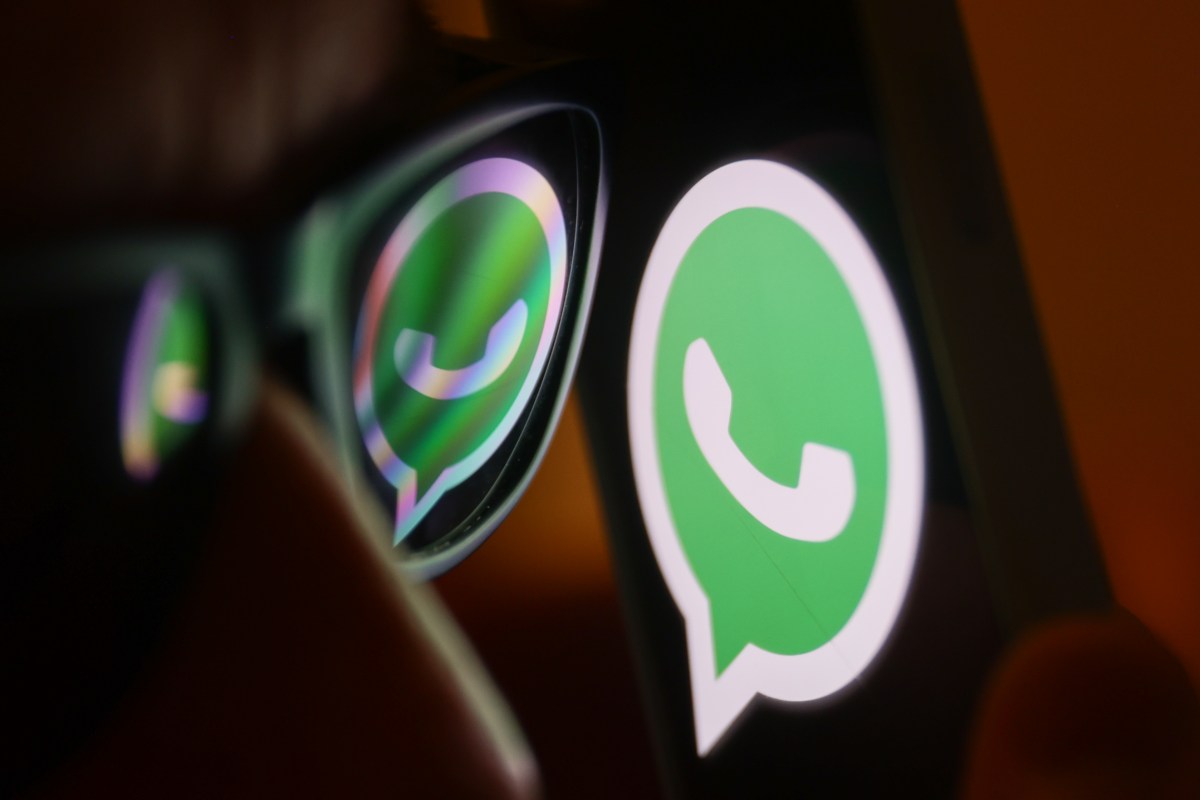New Battery Recycling Method Transforms Waste into Lithium Hydroxide

BREAKING NEWS: Engineers at Rice University have unveiled a groundbreaking method to recycle battery waste into high-purity lithium hydroxide, significantly impacting the electric vehicle industry. This innovative process, reported in the journal Joule, presents a cleaner alternative to traditional recycling methods that are often costly and environmentally damaging.
As the demand for electric vehicles surges, discarded battery packs are quickly becoming a pressing waste concern. Traditional lithium recycling methods are energy-intensive and require harsh chemicals. However, this new technique leverages a simple yet effective principle: recharging waste cathode materials to extract lithium ions directly into water, which then forms high-purity lithium hydroxide.
“We asked a basic question: If charging a battery pulls lithium out of a cathode, why not use that same reaction to recycle?” said Sibani Lisa Biswal, chair of Rice’s Department of Chemical and Biomolecular Engineering. This revolutionary process eliminates the need for smelting or using strong acids, making it a more sustainable option for battery recycling.
The reactor developed by the Rice team operates using only electricity, water, and battery waste, achieving lithium extraction with an astonishing energy efficiency of as low as 103 kilojoules per kilogram of black mass. This is about ten times less than conventional acid-leaching methods, which also incur additional processing costs.
Over the course of a rigorous 1,000-hour stability test, the Rice reactor maintained a lithium recovery rate of nearly 90%, producing lithium hydroxide with a purity exceeding 99%—sufficient for direct use in battery manufacturing. The process also demonstrates scalability, having been tested on a device measuring 20 square centimeters.
In addition to lithium iron phosphate, the system efficiently processes a variety of battery chemistries, including lithium manganese oxide and nickel-manganese-cobalt variants. The researchers also revealed the ability to perform roll-to-roll processing of lithium iron phosphate electrodes, streamlining the recycling process even further.
“This roll-to-roll demo shows how this could plug into automated disassembly lines,” noted Haotian Wang, co-author of the study. “You feed in the electrode, power the reactor with low-carbon electricity, and draw out battery-grade lithium hydroxide.”
Looking to the future, the team plans to enhance their technology by developing larger-area stacks and more selective membranes to boost efficiency amid greater lithium hydroxide concentrations. They also aim to focus on post-treatment processes to further reduce energy consumption and emissions.
“We’ve made lithium extraction cleaner and simpler,” Biswal emphasized. “Now we see the next bottleneck clearly. Tackling concentration will unlock even better sustainability.”
This latest advancement not only promises to simplify the recycling process but also holds significant potential to improve the resilience of the lithium supply chain as electric vehicle adoption continues to rise. The implications for the environment and the economy are vast, making this a critical development in sustainable battery technology.
Stay tuned for more updates as the Rice University team moves forward with their research and scaling efforts, potentially changing the landscape of battery recycling forever.






